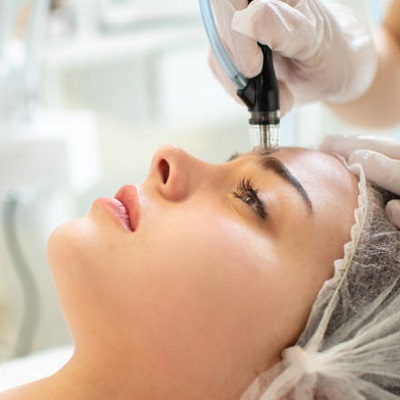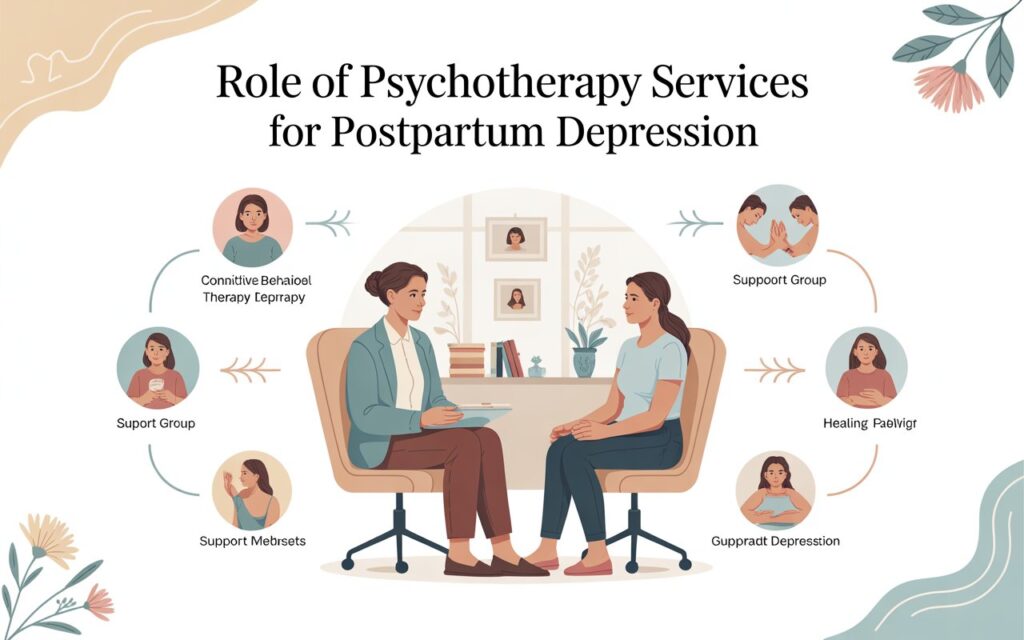The pursuit of clear, glowing, and healthy skin has led to the rise of numerous aesthetic treatments—but few have gained the widespread acclaim and consistent popularity of the HydraFacial. This non-invasive, multi-step skincare treatment has transformed how people manage their complexion by delivering immediate results without downtime. For residents seeking radiant skin in Islamabad, the Hydrafacial in Islamabad has become a go-to solution for all skin types. However, one common question people often ask is: how often should you get a HydraFacial?
The answer isn’t one-size-fits-all, as it depends on several factors, including skin type, skin concerns, lifestyle, and overall skincare goals. Understanding the ideal frequency will help you maintain consistent results while optimizing your skin’s health.
Table of Contents
ToggleWhat Is a HydraFacial?
A HydraFacial is a unique dermatological treatment that combines cleansing, exfoliation, extraction, hydration, and antioxidant protection. The procedure uses patented vortex technology to remove dead skin cells, extract impurities, and infuse the skin with nourishing serums tailored to individual concerns such as acne, fine lines, hyperpigmentation, or dehydration.
What sets HydraFacial apart from other treatments is its adaptability to different skin types and minimal recovery time. Most patients walk out of the clinic with noticeably smoother and more luminous skin.
What Determines HydraFacial Frequency?
Although HydraFacial is gentle enough to be performed more frequently than traditional facials, the ideal interval between sessions varies based on several elements:
1. Skin Type
Your skin type plays a significant role in determining how often you should undergo the treatment:
-
Oily or Acne-Prone Skin: If your skin is prone to breakouts or excess sebum production, monthly HydraFacials can help prevent clogged pores, reduce acne, and regulate oil levels.
-
Dry or Sensitive Skin: While gentler, dry or sensitive skin types may benefit from treatments spaced 6 to 8 weeks apart to allow the skin to absorb nutrients and recover naturally.
-
Normal or Combination Skin: Individuals with balanced or combination skin often find a 4 to 6-week interval ideal for maintaining optimal skin clarity and hydration.
2. Age and Skin Concerns
Age-related changes like fine lines, dullness, or pigmentation may require more regular maintenance.
-
Younger Clients (20s–30s): A treatment every 6 to 8 weeks may be enough for maintenance or addressing minor concerns.
-
Mature Skin (40s and beyond): Those aiming to minimize signs of aging might benefit from more frequent sessions—every 4 to 6 weeks—to improve collagen levels and enhance skin elasticity.
3. Skincare Goals
Are you preparing for a major event? Looking to treat chronic issues like acne or pigmentation? Your frequency will shift based on your goals:
-
Event Preparation: A single session 3 to 7 days before a big event can deliver a radiant glow.
-
Chronic Conditions: If treating conditions like rosacea or melasma, dermatologists often recommend a series of treatments spaced 2 to 4 weeks apart, followed by maintenance sessions every 4 to 6 weeks.
-
Preventive Skincare: Many use HydraFacial as a preventive measure. In this case, a monthly session is usually ideal.
Ideal HydraFacial Schedule
Here’s a breakdown of a typical HydraFacial schedule, depending on your skin and goals:
Initial Phase (First 3 Months):
-
Frequency: Every 2 to 4 weeks
-
Purpose: Deep cleanse, manage ongoing skin issues, build up hydration and collagen
Maintenance Phase (Ongoing):
-
Frequency: Every 4 to 6 weeks
-
Purpose: Maintain results, prevent new issues, refine skin texture
This cadence helps establish a rhythm that supports skin renewal cycles while keeping the skin consistently refreshed and balanced.
Benefits of Consistent HydraFacial Sessions
HydraFacial’s long-term effectiveness lies in regular treatments. When incorporated into your skincare routine, consistent HydraFacials offer several ongoing benefits:
1. Improved Texture and Tone
Dead skin cells and congestion are regularly cleared, leading to smoother skin and a more even complexion over time.
2. Reduction in Breakouts
Monthly extractions and exfoliation reduce clogged pores and decrease the frequency and severity of acne.
3. Enhanced Hydration
The continuous infusion of hyaluronic acid and peptides helps keep the skin moisturized and plump, reducing fine lines and surface dryness.
4. Slower Aging Process
By promoting collagen and delivering antioxidants, HydraFacials can slow the visible signs of aging and maintain a youthful glow.
5. Increased Product Absorption
A clean and hydrated canvas improves the effectiveness of your at-home skincare routine by allowing active ingredients to penetrate deeper into the skin.
When to Adjust Your HydraFacial Schedule
Life and seasons can influence your skin’s condition. Here’s when you might consider adjusting your treatment frequency:
-
Weather Changes: During dry winters, your skin may require more hydration and treatments. In hot, humid summers, you may need more deep cleansing to combat oil and sweat.
-
Lifestyle Stressors: Travel, diet changes, stress, and lack of sleep can show on your skin. A timely HydraFacial can help revive your complexion.
-
Post-Procedure Recovery: If you’ve had laser treatments, chemical peels, or injectables, your dermatologist may recommend spacing out your HydraFacial to allow for healing.
Is There a Risk of Too Many HydraFacials?
HydraFacial is designed to be gentle, but overtreatment can sometimes lead to unnecessary exfoliation or overdependence. Listening to your skin and working with a trained professional is key. A certified skin specialist can help determine the appropriate schedule tailored to your evolving skin condition.
If your skin feels tight, overly exfoliated, or more sensitive after a session, it’s a sign you may be overdoing it.
Personalizing Your HydraFacial Journey
One of the reasons HydraFacial is so effective is its flexibility. From the strength of the suction to the blend of serums used, each treatment can be fully customized. That’s why it’s crucial to get your HydraFacial at a trusted clinic with professional expertise. A trained aesthetician will evaluate your skin’s current state and guide you through a safe, goal-oriented treatment plan.
Additionally, pairing HydraFacials with other non-invasive skincare treatments like LED light therapy, dermaplaning, or oxygen facials can amplify the results and offer comprehensive skin rejuvenation.
Conclusion
HydraFacial is not a one-time fix but rather a continuous investment in your skin’s long-term health. Whether you’re looking for a monthly refresh, acne control, or anti-aging support, the right frequency depends on your skin’s unique needs and your aesthetic goals. Routine sessions—especially when spaced every 4 to 6 weeks—ensure your skin remains clear, hydrated, and luminous all year round.
If you’re ready to explore Hydrafacial in Islamabad, the SKN Cosmetics clinic offers personalized consultations and advanced treatment options to help you achieve and maintain your best skin. Their team of qualified dermatologists ensures each HydraFacial session is tailored to your skin’s requirements, delivering consistent and visible results with every visit









